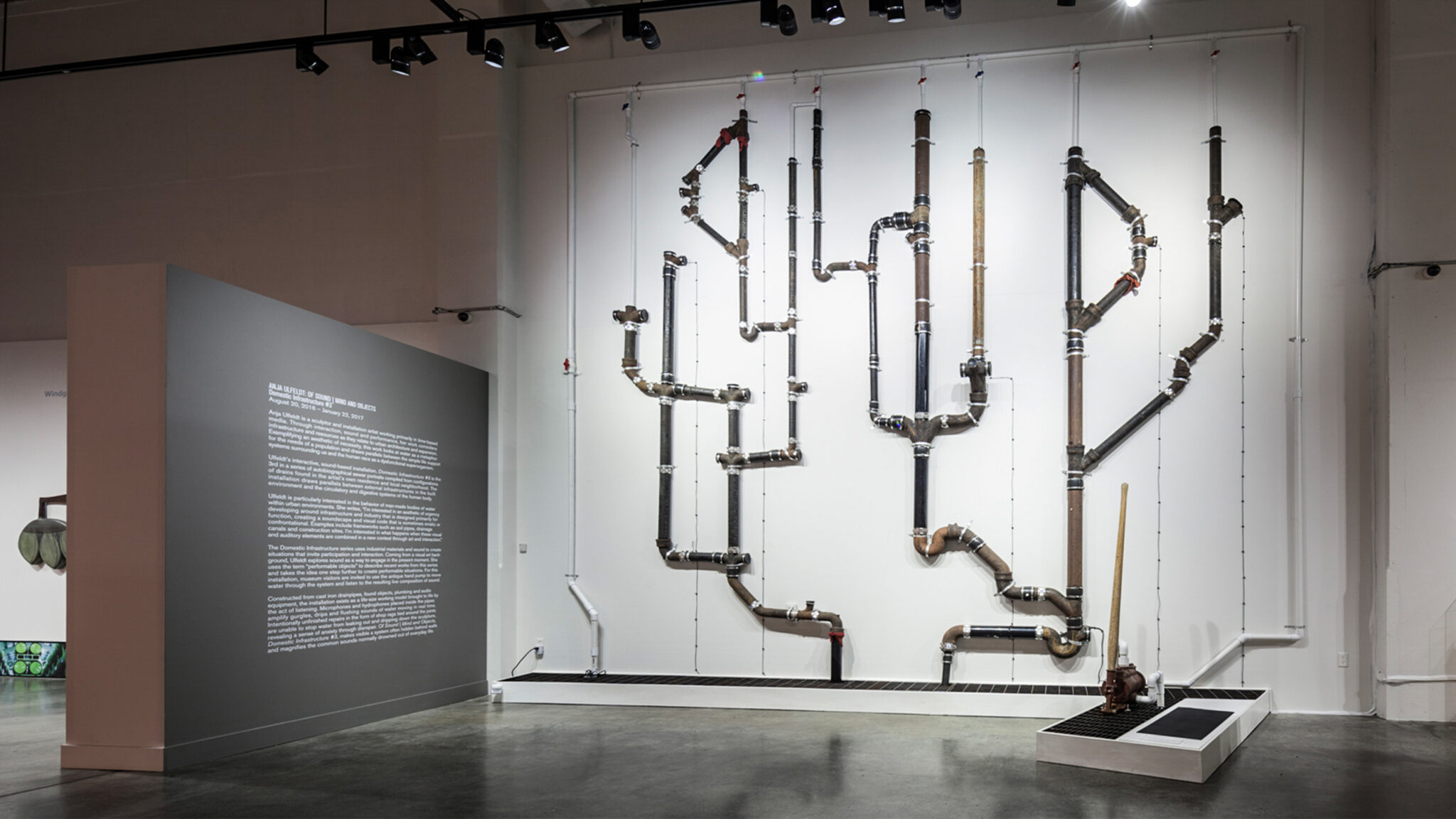This article serves as a comprehensive guide to pipe laying, exploring the art and techniques involved in this essential construction process. From understanding the different types of pipes and their uses to mastering the proper installation methods, this guide aims to equip readers with the knowledge and skills needed to become proficient pipe layers. Whether you are a beginner looking to learn the basics or an experienced professional seeking to enhance your expertise, this article is a valuable resource for anyone involved in the field of pipe laying.
Understanding the Basics of Pipe Laying
Pipe laying is a fundamental process in the construction industry that involves the installation of pipes for various purposes. It is crucial to have a clear understanding of the basics of pipe laying to ensure the successful completion of projects. The process involves several steps, including excavation, trenching, and backfilling. Excavation is the initial step where the ground is dug to create a trench for the pipes. Trenching involves shaping the trench to the required dimensions and ensuring proper alignment. Once the pipes are laid, backfilling is done to cover the pipes and restore the ground to its original state. Proper planning, equipment, and skilled labor are essential for efficient pipe laying.
Choosing the Right Equipment for Pipe Laying

When it comes to pipe laying, choosing the right equipment is crucial for a successful project. There are several factors to consider when selecting the equipment, such as the type and size of the pipe, the terrain and environment, and the specific requirements of the project. One of the key considerations is the type of pipe laying machine to use. There are various options available, including trenchers, plows, and directional drills. Each machine has its own advantages and limitations, so it is important to carefully evaluate the needs of the project and select the most suitable equipment. Additionally, factors such as the availability of spare parts, maintenance requirements, and operator training should also be taken into account. By choosing the right equipment, contractors can ensure efficient and cost-effective pipe laying operations.
Essential Skills and Techniques for Pipe Layers
Pipe laying is a crucial skill in the construction industry, and mastering the essential skills and techniques is vital for success in this field. Firstly, pipe layers must have a strong understanding of blueprints and construction plans to accurately determine the location and depth of the pipes. They must also possess excellent physical strength and stamina, as the job often involves heavy lifting and working in challenging conditions. Additionally, pipe layers must be skilled in operating and maintaining various tools and equipment, such as pipe cutters and welding machines. Attention to detail and the ability to work well in a team are also essential qualities for pipe layers to ensure the smooth and efficient installation of pipes.
Ensuring Safety and Efficiency in Pipe Laying Projects
When it comes to pipe laying projects, safety and efficiency are of utmost importance. Ensuring the safety of workers and the surrounding environment is crucial to prevent accidents and minimize risks. This can be achieved through proper training and adherence to safety protocols. Additionally, using advanced technology and equipment can greatly enhance the efficiency of pipe laying projects. For example, the use of GPS systems can help accurately locate underground utilities, reducing the chances of damaging existing infrastructure. Furthermore, implementing effective project management strategies, such as proper planning and coordination, can streamline the process and ensure timely completion of the project. Overall, prioritizing safety and efficiency in pipe laying projects is essential for successful and sustainable outcomes.
Troubleshooting Common Issues in Pipe Laying
Pipe laying can be a complex process, and it is not uncommon to encounter various issues along the way. One common issue that arises is the presence of obstructions in the ground, such as rocks or tree roots. These obstructions can hinder the progress of the pipe laying process and may require additional equipment or techniques to overcome. Another common issue is the occurrence of leaks or cracks in the pipes themselves. This can lead to water loss and potential damage to surrounding structures. Proper inspection and maintenance of the pipes can help identify and address these issues before they become major problems. Additionally, issues with the alignment or slope of the pipes can also cause problems during the pipe laying process. Ensuring proper alignment and slope is crucial for the efficient flow of fluids through the pipes. Overall, troubleshooting common issues in pipe laying requires careful attention to detail and the use of appropriate techniques and equipment.
Tips for Successful Pipe Laying Projects
When it comes to pipe laying projects, there are several tips that can help ensure success. First and foremost, it is important to carefully plan and design the project before starting any construction. This includes determining the appropriate pipe size and material, as well as considering factors such as soil conditions and water flow. Additionally, it is crucial to properly prepare the site by clearing any obstacles and ensuring a stable foundation. During the actual pipe laying process, it is important to follow industry standards and guidelines, and to regularly inspect and test the pipes for any potential issues. Finally, proper maintenance and regular inspections are essential to ensure the longevity and functionality of the pipes.
Conclusion
In conclusion, pipe laying is a complex and important process in various industries such as construction and infrastructure. This article has provided a comprehensive guide to pipe layers, highlighting their functions, types, and key considerations. By understanding the art of pipe laying, professionals can ensure efficient and effective installation of pipes, contributing to the success of their projects.
1. What is pipe laying?
Pipe laying is the process of installing underground pipes for various purposes, such as water supply, sewage systems, or gas pipelines.
2. What are the different types of pipe layers?
There are several types of pipe layers, including side boom tractors, trenchers, and excavators equipped with pipe laying attachments.
3. What skills are required for pipe laying?
Pipe laying requires skills such as reading and interpreting blueprints, operating heavy machinery, and understanding pipe materials and specifications.
4. What are the safety precautions for pipe laying?
Some safety precautions for pipe laying include wearing appropriate protective gear, following proper excavation and trenching procedures, and ensuring proper ventilation in confined spaces.
5. How long does it take to become a skilled pipe layer?
The time it takes to become a skilled pipe layer can vary depending on the individual’s prior experience and training. However, it typically takes several years of on-the-job training and practical experience to become proficient in pipe laying.
6. What are the common challenges in pipe laying?
Some common challenges in pipe laying include dealing with difficult soil conditions, navigating around existing underground utilities, and working in tight spaces or remote locations.

